Tykocin – beautiful and mysterious small town in Poland.
Tykocin is located in Podlasie, in its central part, 30 kilometers west of Białystok. The city is located in a very charming place among the Narew fields and meadows. Is a great base for nature lovers. Nearby are the Biebrza National Park, the Narew National Park and the Pentowo farm, unique in the country, which is called the European Stork Village. Tykocin itself has an extremely interesting history and architecture, which I will try to bring closer in this article.

I am going to Tykocin in July, during the tourist season. The city is located on the Narew River which only adds to its unusual charm. Nearby, on the other side of the river, there is a restored castle whose idyllic location attracts the attention of every hungry tourist beauty. In the town itself, to my surprise, I don't come across many tourists. At the same time in Masuria, the Baltic Sea or in the Tatra Mountains visiting the whole crowds Here it is completely different. Individuals visit various parts of the city. Tykocin gives the impression of an inconspicuous and peaceful place. Time passes lazily here and the residents are exceptionally quiet. However, after a closer look at local history and culture, the words "inconspicuous" and "calm" take on a completely different meaning.
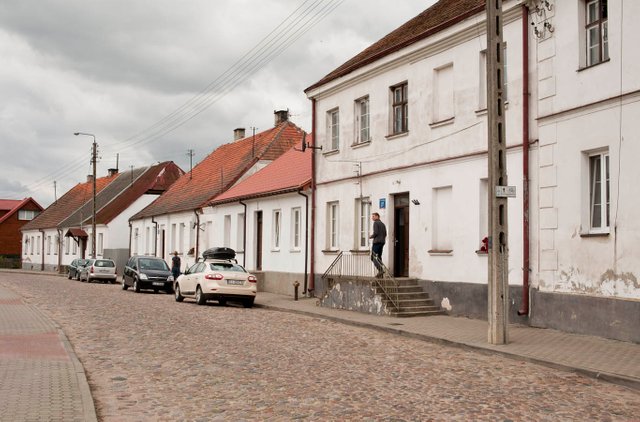

Stefan Czarnieckiego Square is the most representative part of the city. Walking around it I notice a beautiful monument of this former city owner. I sit on the bench near the obelisk and take out my laptop. After a few moments, I find more information on the internet about this historical figure. Czarniecki was born around 1599 in Czarncy. As it turns out, in the period of the First Polish Republic he held many political and military functions. He was, among others the castellan and the province governor of Kiev, the province governor of Ruthenia, the governor of Tykocin, the royal field hetman. During the Swedish Deluge, he waged a guerrilla war against the invading forces. He also took part in hostilities during the Khmelnytsky Uprising and the Polish-Russian war in the second half of the 17th century. In 1661, as proof of merits for his homeland, by virtue of a resolution of the Warsaw Sejm, he received Tykocin together with the starosty as hereditary property. I learn that after taking over the Tykocin estates, Czarniecki began to rebuild the nearby castle destroyed during the Swedish invasion and placed his personal treasury in it. Well, but the question immediately arises in my mind what happened to Tykocin earlier and where did this castle come from?
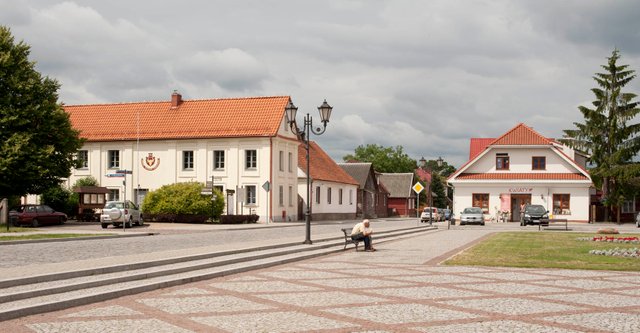

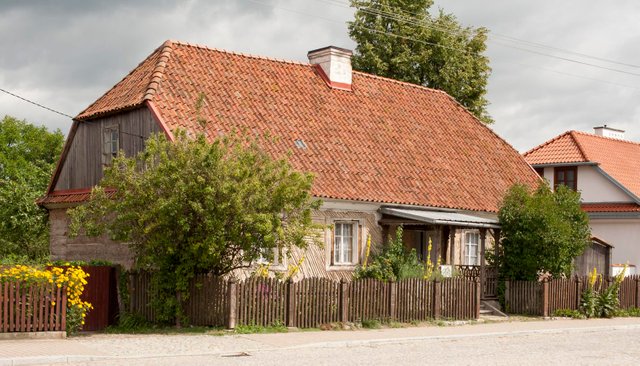
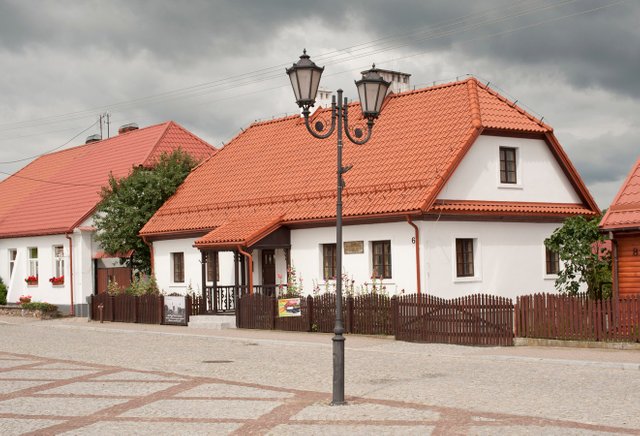
Again, the internet turns out to be a reliable source of information. The beginnings of Tykocin date back to the fourteenth century. At that time, it was a settlement near the border of Mazovia and the Grand Duchy of Lithuania. As a result of the location at the crossing of the Narew, connecting trade routes from Vilnius to Kraków and Poznań, Tykocin developed intensively from the very beginning. As it happens with border settlements, Tykocin passed from hand to hand - once it was the seat of families from Mazovia, once from Lithuania. He received city rights in 1425 at the hands of the Mazovian prince Janusz I the Elder. Soon it came into the hands of the powerful Lithuanian Gasztołd family. They built the first wooden stronghold here in 1433, which was rebuilt several times over time. After the childless death of the last of the Gasztołd family - Stanisław, the city was taken under the tutelage of the then king of Poland - Sigismund the Old. Soon, the Tykocin fortress became a unique place throughout the Commonwealth. During the reign of the next (and last) of the Jagiellonians - Zygmunt August - the first stone castle was built. Within its walls, the ruler placed the arsenal, library and treasury of the Commonwealth. It is worth noting that on September 10, 1573, a funeral procession departed from the Tykocin castle carrying the body of the deceased ruler to Wawel. This completes my exploration of the fate of the fortress. From the information obtained so far, I can conclude that its history is turbulent and extremely interesting.
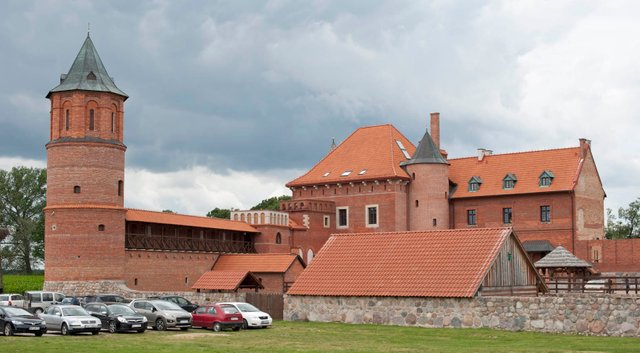

I decide to look at another striking peculiarity of the architecture of Czarniecki Square - noble mansions from the 18th century located in the northern frontage of the market square. From the Internet, he learns that the layout of the manor houses, as well as the entire square, owes its present appearance to the Branicki family, who at that time came into possession of Tykocin and adjacent estates thanks to clever marriages. The latter, after taking over the city, started to delineate and build a new market modeled on St. Peter's Square in Rome! And indeed - the square and the temple have something of this important place for Christians. At this point I am paying attention to the Holy Trinity Church lying in the eastern frontage of the square. It has characteristic and clearly associated side wings, reminiscent of covering faithful arms. At this point, my attention is drawn to the characteristic, one-story building resembling barracks lying on the left side of the church. I find more information on the web. This is a seminary - a facility for war invalids erected in the first half of the 17th century. He served as a shelter for noble soldiers. It is worth noting that this is the only surviving object of this type in Poland and one of the oldest in Europe.
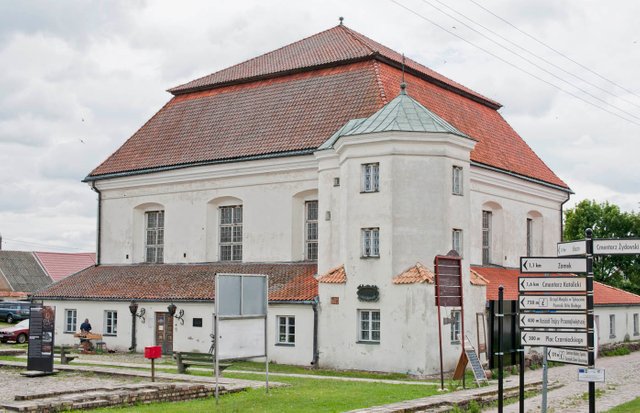
At the end of the visit to Tykocin, time comes to summarize. Despite the first impression of drowsiness and peace, it turns out that the town has an extremely rich and turbulent history behind it. It is rare for such a small town to play such an important role in the history of a given country or region. It is worth recalling the history of the Tykocin fortress, guarding an important trade route from Lithuania to Krakow and Poznań. The latter changed hands several times from Mazovia to Lithuania, and finally became an extremely important place of the Kingdom of Poland - for some time it served as an arsenal, treasury and state library. One cannot forget about the local Jews, who had such a strong mark on the town's history, mainly in the field of trade development. It can be said with high probability that if it were not for the Jews, Tykocin would have been a much less important town. Beautiful monuments related to those interesting times have remained to this day. Anyone passionate about history and historic architecture visiting Tykocin will be delighted. After this visit, I am certainly enchanted by the town and whenever the opportunity arises, I will visit it again.
View this post on TravelFeed for the best experience.
Edit: User has verified the authorship
Interesting history and architecture in the region, Poland has experienced a lot through the ages, not always easy either.
@tipu curate
Upvoted 👌 (Mana: 0/3 - need recharge?)
@joanstewart Poland has experienced a lot but it is a beautiful story...thank you and greetings
Thanks for writing this comment through TravelFeed.io!
You have received a 9% upvote from us. We hope to see you soon on TravelFeed.io!
Congratulations, Your Post Has Been Added To The Steemit Worldmap!
Author link: http://steemitworldmap.com?author=jakub1234
Post link: http://steemitworldmap.com?post=tykocin-beautiful-and-mysterious-small-town-in-poland
Want to have your post on the map too?
Hiya, @LivingUKTaiwan here, just swinging by to let you know that this post made into our Top 3 in Daily Travel Digest #704.
Your post has been manually curated by the @steemitworldmap team and got an upvote from @blocktrades to support your work. If you like what we're doing, please drop by to check out all the rest of today's great posts and consider supporting us so we can keep the project going!
Become part of the Haveyoubeenhere community:
Congratulations! Your high-quality travel content was selected by @travelfeed curator @mrprofessor and earned you a partial upvote. We love your hard work and hope to encourage you to continue to publish strong travel-related content.
Thank you for being part of the TravelFeed community!
Thanks for posting through TravelFeed.io! You have received a larger upvote from us. We hope to see you soon on TravelFeed.io!
Posting through TravelFeed.io also makes your post eligible to participate in the travel writing contest by @invisusmundi where you can earn up to 100 STEEM! Read the contest announcement for more information on how to participate.
We are continuously working on improving TravelFeed, recently we presented at SteemFest⁴, published our Android app and launched our Steem witness.
Please consider voting for us as a witness. If you're not sure how to do that, it's easy: Head over to our Support Us page and hit the witness voting button to vote with Steem Keychain, or Steemconnect if you are not a Keychain user. Alternatively, use this Steemconnect link or head over to the Steemit Wallet and enter travelfeed in the box.
Learn more about TravelFeed by clicking on the banner above and join our community on Discord.
This post was shared in the Curation Collective Discord community for curators, and upvoted and resteemed by the @c-squared community account after manual review.
@c-squared runs a community witness. Please consider using one of your witness votes on us here
!sc ban
Mass plagiarism
Banned @jakub1234.
!sc unban
User has verified the authorship.
Unbanned @jakub1234.